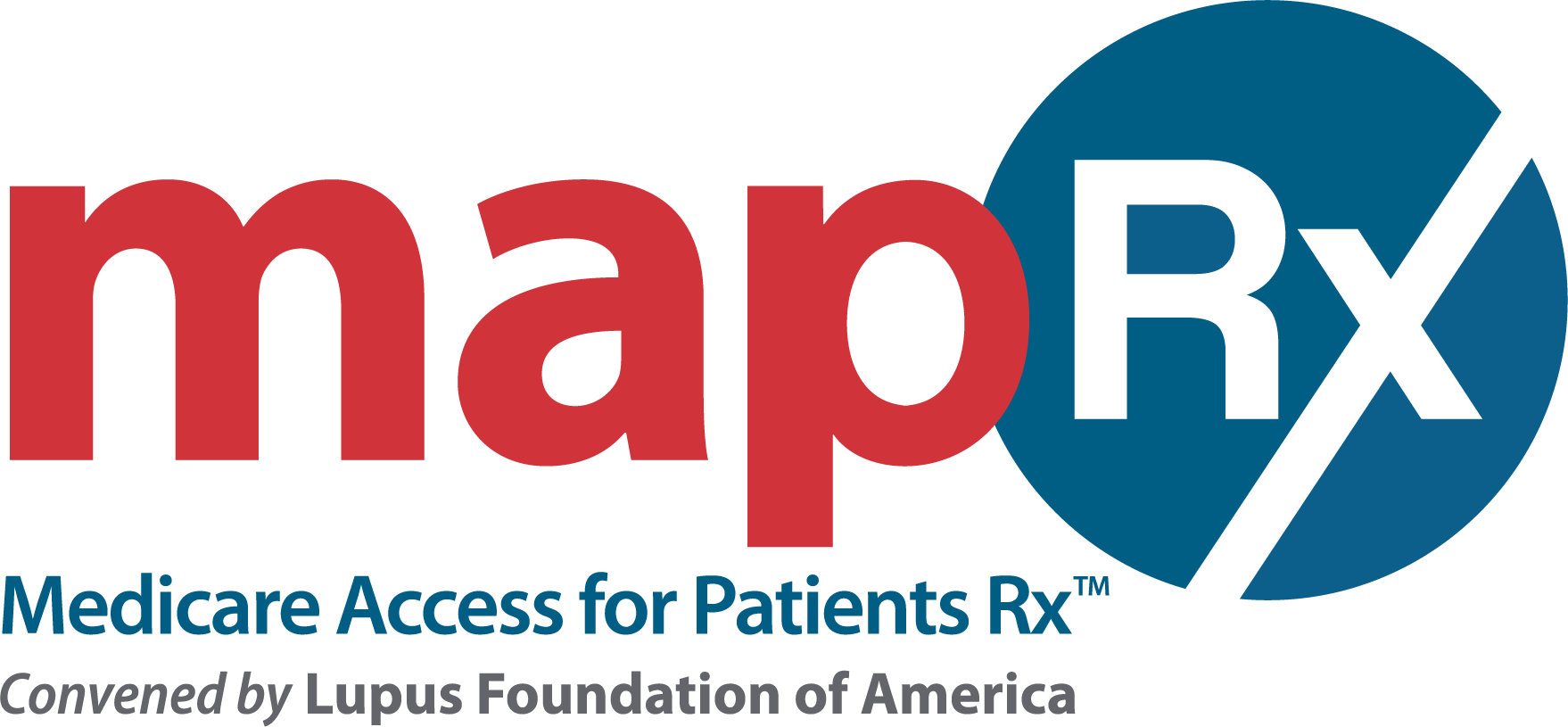MAPRx Releases Report Examining 15 Years of Medicare Part D
Study Finds Popular Prescription Drug Benefit Program Faces Challenges
A new report released today on Medicare Part D found the program is as popular and robust as ever, but faces challenges that could result in increased costs and limited access for millions of beneficiaries. The study, “Fifteen Years of Part D: Gaining Perspective on the Medicare Prescription Drug Benefit,” was commissioned by Medicare Access for Patients Rx (MAPRx) to commemorate the 15th anniversary of Part D.
“This report confirms what many of us already know – over the past 15 years, Part D has been a tremendous success for millions of Americans who rely on it for their prescription drug coverage,” said Sandra C. Raymond, CEO of the Lupus Foundation of America (LFA), which founded the MAPRx Coalition in 2005. “However, the study also makes it clear that Part D needs to be strengthened. Policymakers should work toward solutions that address out-of-pocket costs and access.”
Enacted in 2003, Medicare Part D provides access to prescription drug coverage for America’s seniors and people with disabilities, including those who suffer from rare or chronic diseases. Today, more than 44 million Medicare recipients – nearly one in eight Americans – benefit from this bipartisan achievement. Prior to its enactment, Medicare beneficiaries did not have access to a comprehensive prescription drug benefit.
Key highlights of the report include:
-
Without congressional action, Medicare Part D beneficiaries will experience an increase of $1,250 in out-of-pocket spending to reach the catastrophic coverage phase in 2020. This dramatic cost increase, known as the “out-of-pocket cliff,” combined with other proposed policy changes, could devastate beneficiary access to needed medications. The report affirms that an “out-of-pocket cap would offer significant relief.”
-
One factor driving high out-of-pocket costs is the actual drug price beneficiaries must pay at the point-of-sale, particularly in instances where a beneficiary faces a deductible or a coinsurance. In Part D, the price at the point-of-sale is based on the list price and does not account for any rebates or discounts that might reduce the overall price. Applying rebates “at the point-of-sale” would ensure that beneficiaries and the government could benefit from these lower costs.
-
The proliferation of specialty tiers, subject to significant coinsurance and excluded from cost-sharing exceptions, forces beneficiaries to pay a significant percentage of the medication’s cost. For drugs covered on the specialty tiers, the coinsurance amounts can range anywhere from 25 percent to 33 percent, leaving beneficiaries paying thousands of dollars in out-of-pocket costs for drugs and biologics used to treat cancer, multiple sclerosis, rheumatoid arthritis, and other conditions.

